Origins of Champagne Communism (Olavo de Carvalho)
Origins of Champagne Communism (Olavo de Carvalho)
As early as the 1920s, Stalin, rightly judging that it would be very difficult to control a revolution on the other side of the Atlantic, decided that the Communist Party of the United States should not be organized with the aim of seizing power, but rather to serve as a financial and publicity arm for European communism. For this reason, American communism always devoted less energy to organizing the proletariat than to recruiting millionaires, Hollywood stars, and prominent intellectuals.
To enhance the communist image, it was essential that these “fellow travelers” not become Party members, but instead maintain the appearance of independent personalities, so that their public expressions of support — triggered at the right moments — would seem like personal and free initiatives, allegedly inspired by an innocent and spontaneous alignment between communist goals and the lofty ideals of an apolitical humanity.
The success of this new style, in sharp contrast to the traditional image of proletarian austerity, soon led to its adoption in Western Europe as well, shaping an entire era. More than an era: the glamour of champagne communism established a model still mimicked today by the worldly intellectual elite in New York — and eagerly imitated by the parroting literati of the Third World. Just visit a Sebastião Salgado exhibit and you’ll see what I mean.
People unaware of these facts have a stubborn resistance to believing that such widespread effects could have been planned by a discreet, almost secretive elite. They prefer to cling to the childish belief that everything happens “spontaneously” — a belief rooted in the idea of some metaphysical fluid rather than the concrete action of shrewd and attentive men upon distracted and foolish ones.
That said, “spontaneous diffusion” does play a role. Comintern strategists, counting on the ease with which trends and affectations spread among worldly intellectuals, deliberately used this effect and referred to it internally as “rabbit breeding.”
Sometimes, the elite simply gets lucky. No one could have predicted that the American communist style would outlive the fall of the Soviet regime’s prestige, perpetuating itself through the New Left, which in the 1960s was able to continue working toward totalitarianism without its charming image of independence being tainted by what was actually happening in the USSR.
But sometimes, luck runs out. The two main architects of champagne communism, Karl Radek and Willi Münzenberg, were both executed on Stalin’s orders, as soon as the success of their own operation rendered them expendable.
The original idea was conceived by Radek, one of the pioneers of the Russian Revolution, and carried out under the leadership of Münzenberg, a propaganda genius. To get an idea of Münzenberg’s diabolical efficiency, consider this: he was the creator of the Sacco and Vanzetti myth. Decades after the trial, with Sacco’s guilt and Vanzetti’s complicity proven a thousand times over in the murder of an unarmed man begging for mercy — and with the PR plot exposed by confessions from Münzenberg’s own team — what still survives in the public imagination is the legend of two innocent workers sacrificed by a sordid capitalist conspiracy.
An expert in long-lasting hoaxes, Münzenberg also invented other classic communist propaganda tools that still work whenever pulled from the magician’s hat: the “intellectuals’ manifesto,” the celebrity march, and — last not least — mock trials, fake elections, and sham referendums. It’s no wonder the Brazilian Bishops' Conference (CNBB) seems to have learned from the best.
Style is the man. Münzenberg also devised what he called the “politics of righteousness.” This is a core component of champagne communism: it avoids directly confronting democratic society and instead parasites the prestige of its moral ideals, having carefully selected fellow travelers pose as their most authentic representatives. In doing so, appeals to these ideals can be modulated and deployed in service of a strategy that, subtly and under the guise of moral elevation, draws society further from its own values and closer to communist revolution.
Our modern “ethics” campaigns and “anti-poverty” drives were just applications of this technique: they neither raised the nation’s moral standards nor reduced poverty, but they did create the climate in which guerrilla training is now funded with government money without causing the slightest scandal.
The spirit of Willi Münzenberg still haunts the political scene in Brazil.
0


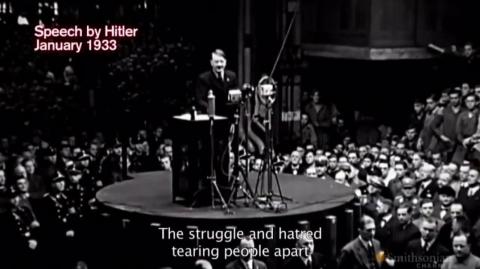
 Life_N_Times_of_Shane_T_Hanson
Life_N_Times_of_Shane_T_Hanson
 Sant77
Sant77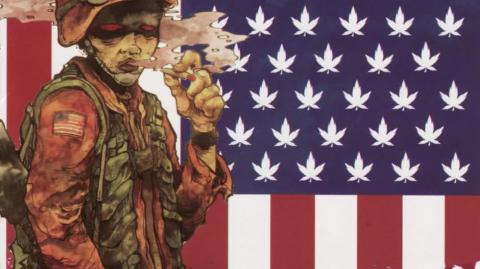
 Shin
Shin
 Styxhexenhammer666
Styxhexenhammer666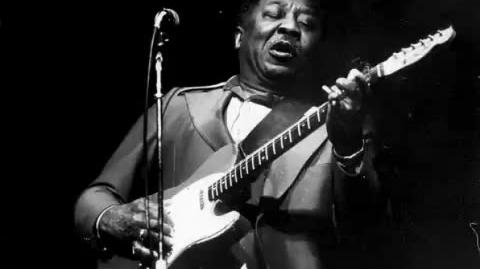

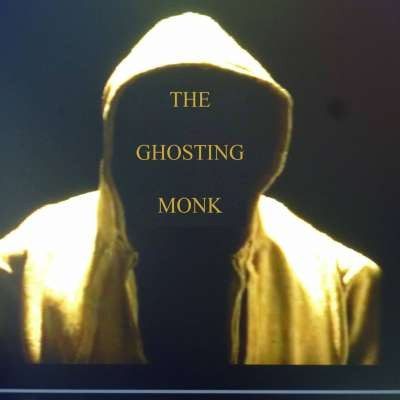 mrghoster
mrghoster

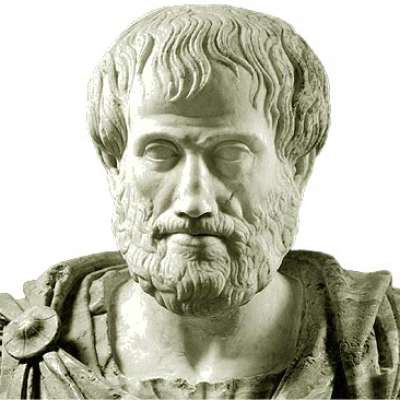 The Realist Philosopher
The Realist Philosopher
 Blackpill_52
Blackpill_52
 Ron DeSantis
Ron DeSantis

 Timcast IRL
Timcast IRL
 Stefan Molyneux
Stefan Molyneux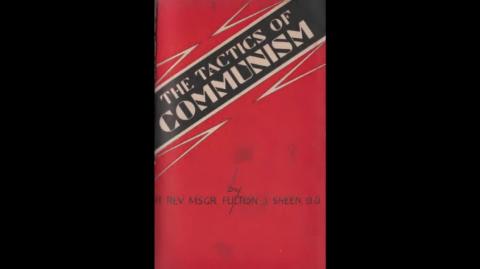



![React: JOÃO CARVALHO NÃO SABE O QUE É FASCISMO [REVOLUSHOW] - João Eigen](https://cdn.mgtow.tv/upload/photos/2025/09/YXcSnwZzQwbRDiR5U9lb_12_c860c21a8b09d171d1e4cd1584ab61cf_image_thumb_high.jpg)

 AwakenWithJP
AwakenWithJP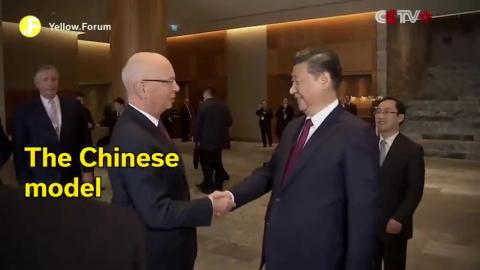

Log in to comment